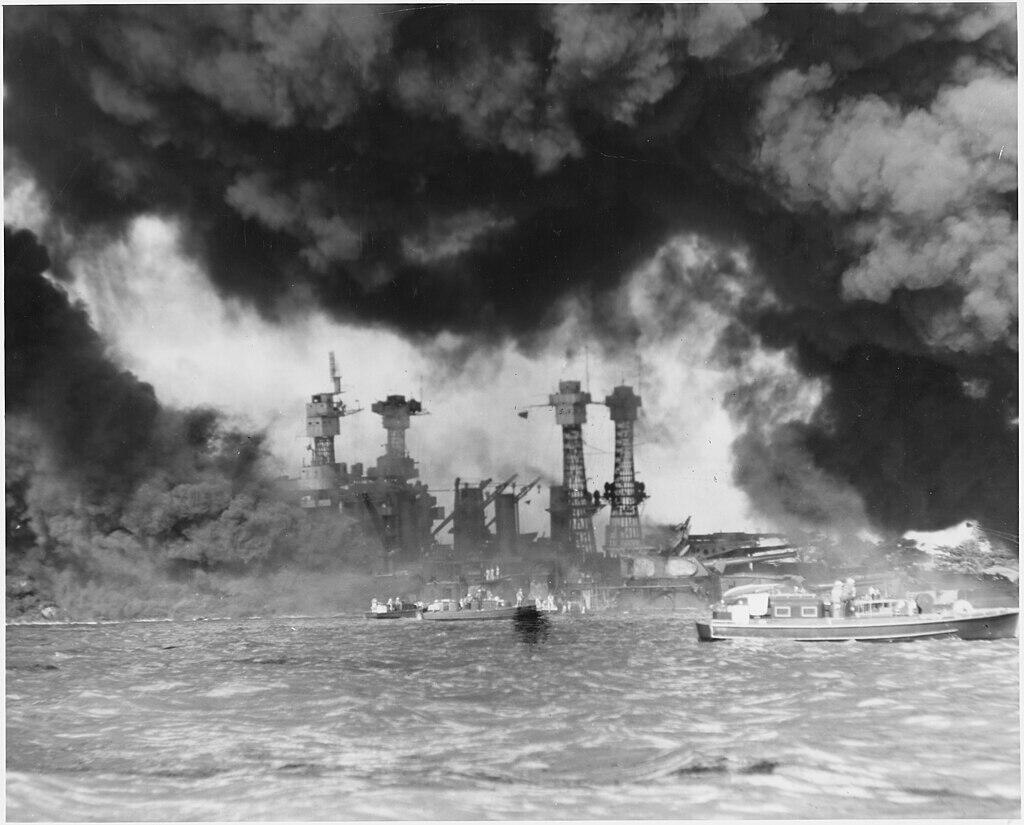What Does it Mean When a Ship is Listing?
Understanding the events of December 7, 1941 doesn’t require you to be an expert in naval or technical terminology. The memorials, museums, and other attractions provide a historical overview of the attack on Pearl Harbor, and the things you need to know, such as the names and fates of the many ships that were there that morning, will be explained to you on your tour. If you like to have a little more in-depth knowledge, however, and prefer to understand some of the more technical terms you may hear, there are a few that are helpful to know. For example, what does it mean when we say that a ship is listing?
Listing vs Rolling vs Trimming
"Listing" is a nautical term to describe when a vessel takes on water and tilts to one side. A ship can list either to port (left) or starboard (right). By contrast, a ship is said to be "trimming" when she tips forward or backward.
Listing shouldn't be confused with rolling, which refers to the left-to-right swaying motion a ship makes when moving through rough waters. Neither is desirable, as listing or rolling too much can cause a ship to capsize, or overturn in the water.
The Listing Ships of Pearl Harbor

Timely counter-flooding allowed USS West Virginia (BB-48) to sink upright, making her easier to refloat
When reading about the fates of the vessels at Pearl Harbor, the word “list” comes up often. For instance, an official report from Commander Jesse L. Kenworthy detailing the sinking of USS Oklahoma (BB-37) refers to the ship’s list. After being struck by torpedoes from Japanese bombers, Oklahoma immediately began listing to her port side. When discussing a ship’s list, there is often a degree that accompanies it, and in the case of USS Oklahoma, she was reported to have been at a 25- to 35-degree list.
As a ship lists, for example when it's caused by an explosion that tears a hole in the hull and allows water to rush in, weight is shifted toward the listing side. The left side of Oklahoma’s hull began taking on water, causing her list to become gradually worse. When another series of torpedoes struck her, she completely capsized and would have turned completely upside-down if not for her masts striking the harbor floor.
Another battleship that found itself listing to her port side was USS West Virginia (BB-48). Unlike Oklahoma, however, the crew of West Virginia were able to employ the tactic of counter-flooding to prevent her from listing further and capsizing.
The term “list” may not be imperative to know in order to enjoy a visit to Pearl Harbor, but it does help to know should you want to dig a little deeper into the technical aspects of what unfolded on December 7, 1941.







